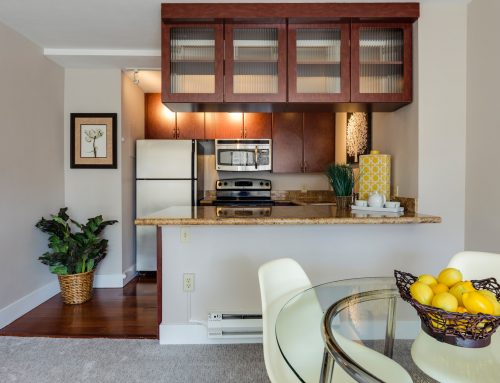With the significant changes in recent history to lender policy resulting in reduced borrowing capacities for investors – investors are now looking for new ways to increase their ability to borrow funds to purchase more property. With this there has been an increasing discussion on rental yields and whether certain yields will help with borrowing for multiple properties.
To help explain how rental yields interact with lender policy I’ve come up with scenarios below to show how subtle yield variances result in differing outcomes.
Lender’s borrowing capacity calculations effectively work on key numbers which allow them calculate net cash flow positions – effectively looking at the money coming in, money coming out and what is left over. With rental property yields, the relationship to calculations is that the higher the yield, the higher the more money coming in compared to going out – leaving excess cash flow which can be used to service new commitments. (borrowing more money to invest)
How this looks
Let’s look at an example of a $500,000, with $500,000 associated lending (400k tied to the purchase property and 100k from an equity release on another property), with the lenders used to apply for each loan calculating new and existing lending at a stress tested interest rate of 7.25% at 25 years principal and interest (5 years interest only cancelling out the first 5 years of repayment as per lender policy).
Based on these parameters, each 500k purchase would equate to a stress tested liability with a repayment of $3,614 per month.
In comparison, the rental return on the property would be as follows based on varying yields:
500k prop @ 3% yield = $1,250 per month
500k prop @ 4% yield = $1,666 per month
500k prop @ 5% yield = $2,083 per month

As you can see that the higher yield isn’t getting anywhere near to covering the cost of the mortgage in calculations – then factor in lenders will take a max of 80% of the rent that the gap between income vs cost is even larger.
So is yield not important? It is when every dollar counts and it gains importance when you have multiple properties.
As an example about how the subtle variances in yield can change your portfolio building outcomes – lets compare a 3% yielding portfolio with a 5% yielding portfolio. Let’s say in this example the property details are the same as the previous information at $500,000, leveraged at 100%. Imagine if we were to assume the investor current had bought three of these properties and that under the lender policy – they had $0 borrowing capacity remaining as the three properties negative cash flow eroded their remaining personal household cash flow. If instead these three properties were at a 5% yield, this would have instead meant the remaining household cash flow per month would be positive $1,999 per month, which if you add another property purchase again the same as previous purchases – there would be sufficient cash flow to support a 4th property. The maths:
Income
Existing Cash Flow: $1,999
Net Rent: $1,666
Costs
New Debt Added: $3,614
Net cash flow remaining: $51 (sufficient to pass)
What does this mean?
Whilst there is a measurable benefit of having a higher yield for any existing of new investment purchase – it doesn’t mean that yield is only consideration when purchasing an investment property, but that it’s a very important factor to consider when assessing the pros and cons of a purchase. You still need to buy a fundamentally sound investment, which meets your long term goals – balancing cashflow, growth potential and budget requirements. Otherwise you can risk yourself chasing high yielding assets at the expense of other areas (growth, quality).
Likewise another consideration isn’t just the actual rental yield of the asset at one static point in time – but the growth of rents for the property. What is better – a 4.5% rental yield with a property with flat rental growth prospects, or a 4% yield which grows by 4% per annum – which after 5 years would give you an effective 4.88% and increasing. This means that your yield preferences can then impact the types of properties you purchase. Alex from Buy Melbourne Apartments notes for example that with the majority of their purchasers of investment properties, the focus with apartments was primarily based on expected rental yields than any other factor.
So is there a perfect solution? Not exactly. Overall there is a positive trend in higher yields and stronger borrowing capacity – but it’s not a solution to provide infinite borrowing capacity. If you have a limited borrowing capacity to begin with, placing a stronger emphasis on yield may enable you to push that portfolio further than you otherwise could with a sole low yielding property. Whilst if you have an substantial borrowing capacity – you will likely be able to support some early lower yielding investments with greater ease.
If you would like to understand what is the most effective rental yields for your portfolio so you can grow an investment portfolio, click here to connect with us today







Leave A Comment
You must be logged in to post a comment.